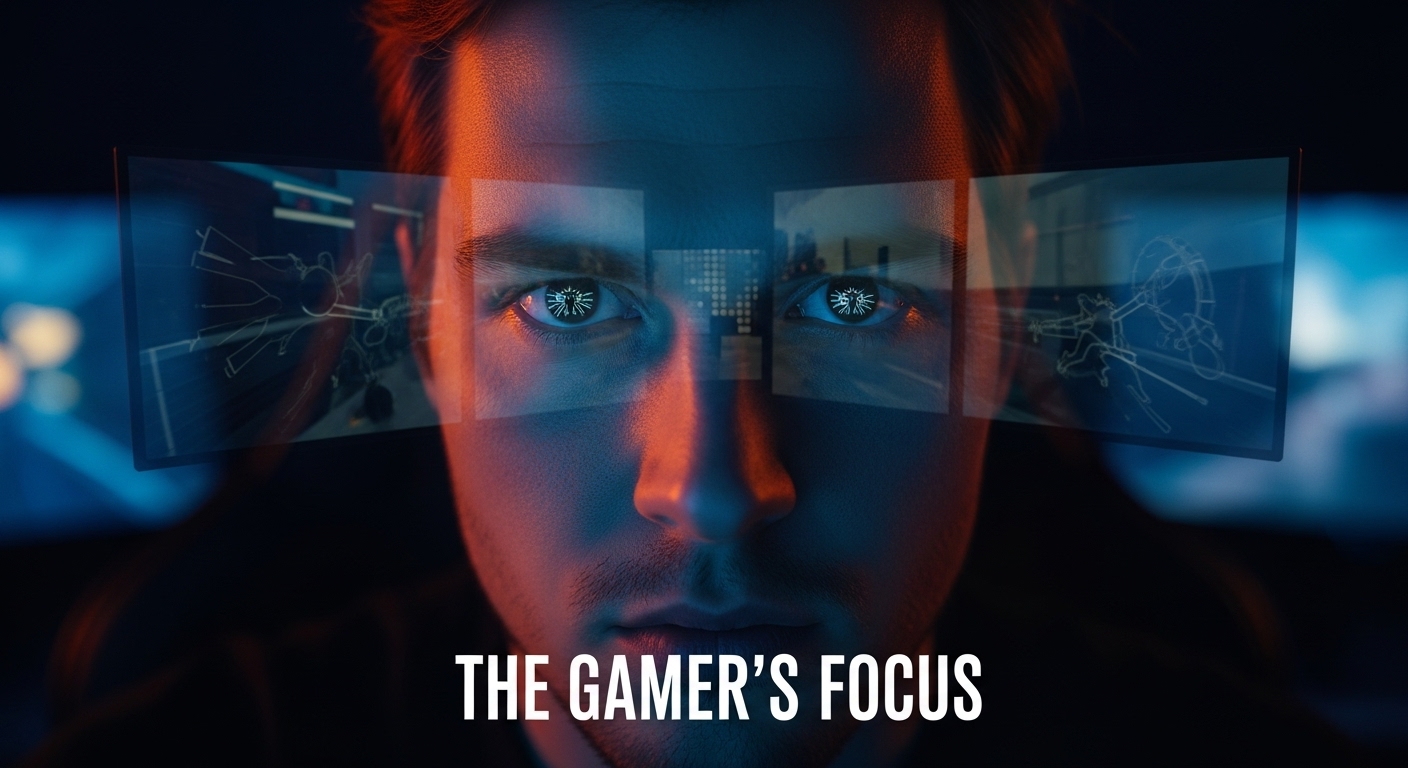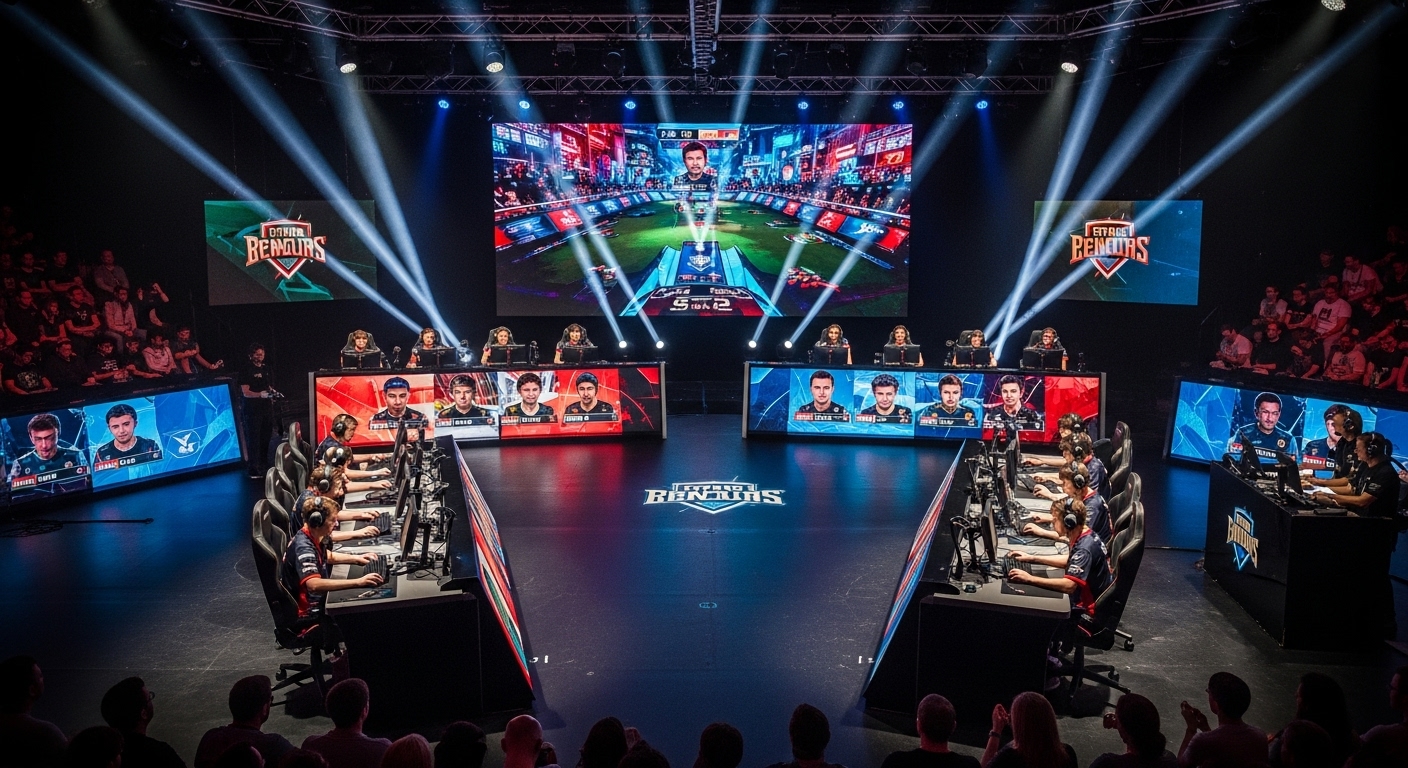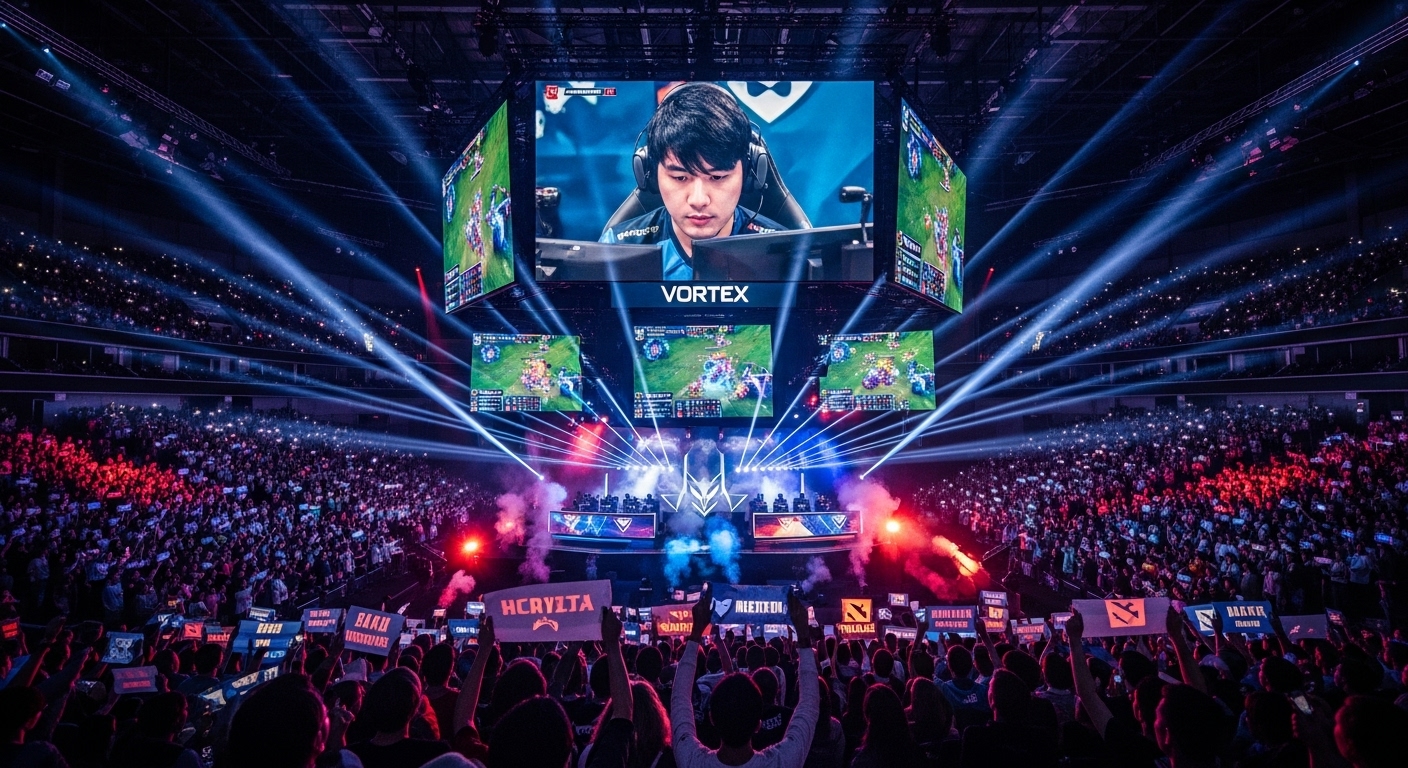The Beginning of a New Era
Esports, short for electronic sports, has transformed from a niche hobby into a global phenomenon. What once began as friendly matches in arcades and living rooms has become a billion-dollar industry with professional teams, corporate sponsors, and audiences rivaling traditional sports. The story of esports is one of technological innovation, cultural change, and a redefinition of what it means to compete.
The roots of esports can be traced back to the early days of video gaming in the 1970s and 80s. In 1972, Stanford University hosted one of the first recorded gaming competitions for the game Spacewar. The prize was modest—a year’s subscription to a magazine—but the spirit of competitive gaming was born. Over the next few decades, as personal computers and consoles became more common, friendly competition evolved into organized events. The 1990s marked a turning point with the rise of the internet, allowing players to compete globally. Titles like Quake, StarCraft, and Counter-Strike set the stage for what esports would eventually become—a connected, professional, and thrilling competitive ecosystem.
From Local Tournaments to Global Stages
In the early 2000s, esports began to move from local gatherings to international tournaments. South Korea played a particularly pivotal role. With its fast internet infrastructure and passionate gaming culture, South Korea became the first country to treat professional gaming as a legitimate career. Televised StarCraft matches drew millions of viewers, and players were celebrated like rock stars. Other countries soon followed suit, creating their own leagues and tournaments.
The introduction of platforms like Twitch and YouTube Gaming further accelerated esports’ global reach. Suddenly, anyone could watch a live match from anywhere in the world. Major tournaments such as The International for Dota 2, the League of Legends World Championship, and Fortnite World Cup attracted tens of millions of viewers. These events offered multi-million-dollar prize pools, often funded by the community itself through in-game purchases and crowdfunding. Esports was no longer a fringe activity—it had become a mainstream form of entertainment.
The Players Behind the Screens
Behind every successful esports title are the players whose skills push the limits of what’s possible in gaming. Professional esports athletes train for hours daily, developing lightning-fast reflexes, strategic thinking, and teamwork. The dedication they bring to their craft mirrors that of traditional athletes, yet the perception of gaming as a “casual hobby” still lingers in some circles.
The life of a professional player is demanding. Many begin their careers as teenagers, grinding through ranked matches and local tournaments to get noticed. Once signed to an organization, they join structured teams, often living together in training houses to build synergy. Practices can last upwards of ten hours per day, including gameplay analysis, mechanical drills, and team strategy discussions. Mental endurance is just as important as physical ability—split-second decisions and emotional control can determine the outcome of a match.
While the glamour of competition and fame is real, so are the pressures. Burnout, anxiety, and short career spans are challenges that the industry continues to grapple with. Some players retire before the age of 25, transitioning to coaching, streaming, or content creation. Still, for many, the love of the game and the pursuit of excellence drive them to keep pushing forward.
Esports Organizations and the Business of Competition
The rise of esports has given birth to a new type of business ecosystem. Teams such as Team Liquid, Cloud9, and Fnatic operate like traditional sports franchises. They recruit talent, secure sponsorships, and compete across multiple games. These organizations often have their own training facilities, nutrition programs, and mental health support staff.
Corporate sponsors have also taken notice. Major brands in technology, energy drinks, and even automotive industries have invested heavily in esports. The appeal is clear: esports reaches a young, digitally savvy audience that traditional advertising struggles to engage. From jersey sponsorships to branded tournaments, companies see esports as a way to align with innovation, energy, and global connectivity.
Media rights and streaming partnerships have become another major source of revenue. Platforms compete for exclusive broadcasting deals, mirroring the structure of traditional sports. Some events even secure television coverage, though most fans still prefer digital streaming for its interactivity and community engagement.
The Culture of Esports
Esports is more than just competition—it’s a culture that bridges gaming, technology, and creativity. Fans gather not only to watch their favorite teams but also to participate in a shared digital experience. Chat rooms, memes, cosplay, and fan art contribute to a vibrant ecosystem that extends beyond the matches themselves.
One of the defining traits of esports culture is inclusivity. People from different backgrounds, languages, and regions can connect over a shared love of gaming. Unlike traditional sports, physical limitations are less of a barrier, allowing for greater diversity among participants. This inclusivity has helped esports gain traction in communities worldwide, from major cities to small towns.
However, the culture also faces challenges. Issues like toxic behavior, online harassment, and lack of representation for women and minority groups continue to be topics of discussion. Many organizations and communities are working to address these issues, promoting sportsmanship, fair play, and positive environments for all players.
Esports and Education
As esports continues to grow, its integration into education has gained momentum. Schools and universities are recognizing esports as a legitimate field of study and competition. Scholarships for esports players are now common in several countries, particularly in North America and Asia. Students can pursue degrees in game design, broadcasting, management, and even esports psychology.
High schools have started forming official esports teams, complete with coaches and structured leagues. The skills developed through esports—teamwork, communication, problem-solving, and focus—are transferable to many real-world careers. Some institutions even use gaming as a tool for STEM education, teaching students about technology, coding, and digital media.
Beyond formal education, esports also promotes lifelong learning. The fast-paced evolution of games and technology means that players and organizers must constantly adapt. This spirit of innovation keeps the community fresh and forward-thinking.
The Role of Technology
The growth of esports would not have been possible without advances in technology. High-speed internet, powerful graphics hardware, and streaming platforms have made competitive gaming accessible to millions. The introduction of cloud gaming and 5G connectivity promises to expand that reach even further, reducing latency and enabling smoother global play.
Artificial intelligence is also making its mark. AI tools are used to analyze player performance, predict outcomes, and design training regimens. Virtual and augmented reality technologies are creating immersive viewing experiences, allowing fans to feel as if they’re in the middle of the action.
Blockchain and digital collectibles are another frontier. Some esports organizations are experimenting with digital ownership models, where fans can own unique items or moments from matches. While this area is still developing, it reflects how esports often sits at the intersection of entertainment and cutting-edge tech.
Esports and Traditional Sports: A New Rivalry
The relationship between esports and traditional sports has evolved from skepticism to collaboration. Early on, many dismissed esports as lacking the physical component of “real sports.” Today, those boundaries are blurring. Traditional sports organizations such as the NBA, NFL, and Formula 1 have launched their own esports divisions. Athletes from football, basketball, and racing have invested in or even participated in gaming competitions.
The appeal lies in shared values—discipline, teamwork, and competition. Esports also provides a new channel for engaging younger audiences who may not follow traditional sports. As digital natives, they connect more with interactive entertainment than with passive viewing experiences.
Moreover, the COVID-19 pandemic highlighted the resilience of esports. While stadiums sat empty, esports events continued online, keeping fans entertained and connected. Traditional sports took note, adopting digital formats to stay relevant during lockdowns. This period demonstrated that the future of competition could be hybrid, blending physical and digital arenas.
The Economics of Esports
Esports has become a major player in the entertainment economy. Global revenue has surpassed billions annually, with growth projected to continue. The primary income streams include sponsorships, advertising, media rights, merchandise, and ticket sales for live events. Some tournaments fill arenas with tens of thousands of fans, while millions more watch online.
Players and teams can also earn through streaming, brand deals, and fan subscriptions. For many professionals, income diversification is essential since competition winnings alone can be unpredictable. Esports influencers—streamers who entertain and interact with audiences daily—play a big role in shaping the market.
However, sustainability remains a key question. While prize pools and sponsorships continue to grow, not every organization or league turns a profit. Balancing entertainment value with competitive integrity, maintaining audience engagement, and adapting to ever-changing game titles are ongoing challenges.
Esports Arenas and Live Events
One of the most striking developments in esports has been the rise of dedicated arenas. Cities around the world now host venues built specifically for gaming competitions. These spaces feature massive LED screens, advanced lighting, and immersive sound systems that make every play feel electric.
The live experience of an esports event rivals that of any concert or sports match. Fans cheer, chant, and celebrate every victory as they would for their favorite football or basketball team. Cosplayers and content creators add to the festive atmosphere, turning tournaments into multi-day celebrations of gaming culture.
Some of the most iconic events, such as the League of Legends World Championship, have been held in massive stadiums, complete with opening ceremonies and live performances. These productions are more than competitions—they are spectacles that blend sport, entertainment, and storytelling.
Women in Esports
While gaming has historically been male-dominated, women have played an essential role in shaping the esports landscape. Female gamers, casters, and organizers have fought to carve out their space in the industry, breaking stereotypes along the way.
Organizations and initiatives are now actively promoting inclusivity, creating all-female tournaments and mentorship programs to encourage more women to enter competitive gaming. Representation is improving, though there’s still a long way to go. The goal is not segregation but integration—building an environment where gender doesn’t determine opportunity.
Women bring unique perspectives to gaming culture, influencing design, storytelling, and community dynamics. Their growing visibility helps challenge the outdated notion that gaming is a “boys’ club” and proves that talent knows no gender.
The Future of Esports
As esports continues to mature, its potential seems limitless. The next decade will likely see deeper integration with mainstream entertainment, possibly merging with television, music, and film. More investment will flow into infrastructure, from training academies to analytics firms specializing in performance optimization.
The rise of mobile esports is another major trend. Games like PUBG Mobile and Mobile Legends have shown that competitive gaming is not limited to high-end PCs or consoles. Mobile devices have brought esports to millions in developing regions, expanding the industry’s reach.
Virtual reality could revolutionize how both players and fans experience competition. Imagine standing courtside at a match or playing as part of an immersive virtual team. As technology evolves, the boundaries between playing and watching will blur even more.
Regulation and governance will also become increasingly important. As prize money and visibility grow, so does the need for standardized rules, anti-cheating systems, and player protections. Industry leaders are already working toward more structured and transparent frameworks.
Esports as a Social Connector
Beyond business and entertainment, esports serves as a bridge between people. It connects individuals across borders, languages, and cultures in a way few other mediums can. Online matches can unite players from opposite sides of the planet, fostering collaboration and mutual respect.
In a time when digital communication often replaces face-to-face interaction, esports provides a shared sense of community. Players and fans find belonging through guilds, teams, and online forums. Many lifelong friendships—and even careers—begin with a simple match played online.
This social dimension has also inspired charitable initiatives. Esports events frequently raise funds for causes ranging from disaster relief to health research. The community’s ability to rally for positive change underscores its collective strength.
Conclusion: The Game That Never Ends
Esports is more than a trend—it’s a movement that continues to redefine competition and entertainment. It represents a generation that grew up digital, turning passion into profession and play into performance. The world of esports thrives on constant evolution, where every update, tournament, and new title writes another chapter in its story.
From humble beginnings in university labs to sold-out arenas and millions of online spectators, esports has proven that digital competition can be just as thrilling, emotional, and meaningful as any traditional sport. The players, fans, and innovators who make up this ecosystem aren’t just changing how we play—they’re changing how we connect, create, and compete.
The game may be virtual, but the passion, effort, and dreams behind it are as real as ever. Esports is not the future of competition; it is the present, alive and thriving, shaping a new era where anyone, anywhere, can rise, play, and make history.



